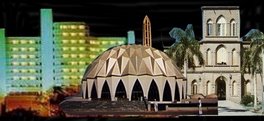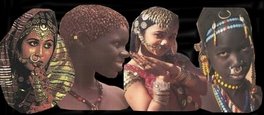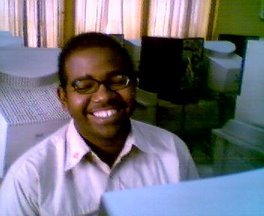Darfur
A new rebellion in the western region of Darfur began in early 2003. The rebels accuse the central government of neglecting the Darfur region, although there is uncertainty regarding the objectives of the rebels and whether they merely seek an improved position for Darfur within Sudan or outright secession. Both the government and the rebels have been accused of atrocities in this war, although most of the blame has fallen on Arab militias (Janjaweed) allied with the government. The rebels have alleged that these militias have been engaging in ethnic cleansing in Darfur, and the fighting has displaced hundreds of thousands of people, many of them seeking refuge in neighboring Chad. The government claimed victory over the rebels after capturing Tine, a town on the border with Chad, in early 2004, but violence continues and as of 2005 the humanitarian situation remains very poor.















3 comments:
I love what you have done to your blog lately, Monadel. You are a fast learner indeed. I would love to see ,on your blog, one of the videos on our Yahoo Group Links about Darfur.I will be waiting for it!
Keep it up!
Good topic to start with.
الاخ الفاضل
حيث اننا بصدد تأسيس رابطة المدونين السودانيين ، فنرجو تكرمك بزيارة المدونة المخصصة لهذا الغرض و مشاركتك معنا في النقاش و المجموعة البريدية للخروج بالبيان التأسيسي و إنتخاب اعضاء اللجنة
ولكم الشكر
رابط المدونة هو:
http://sudanese-blogger.blogspot.com
رابط صفحة المجموعة البريدية للرابطة:
http://groups.google.com/group/sudanese-blogger
Post a Comment